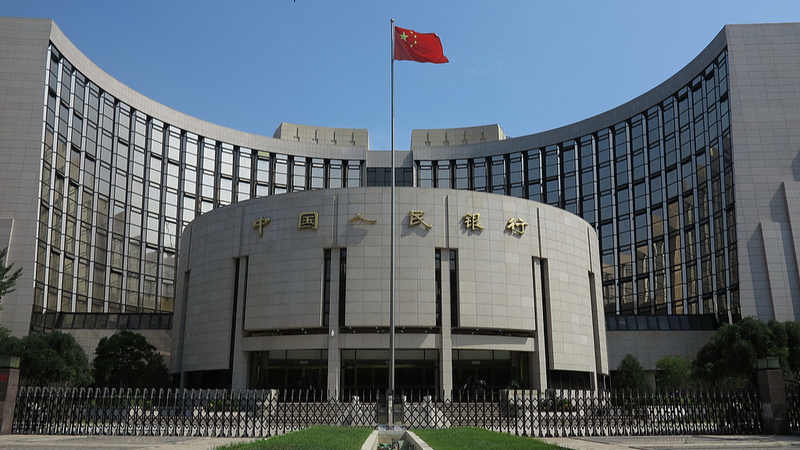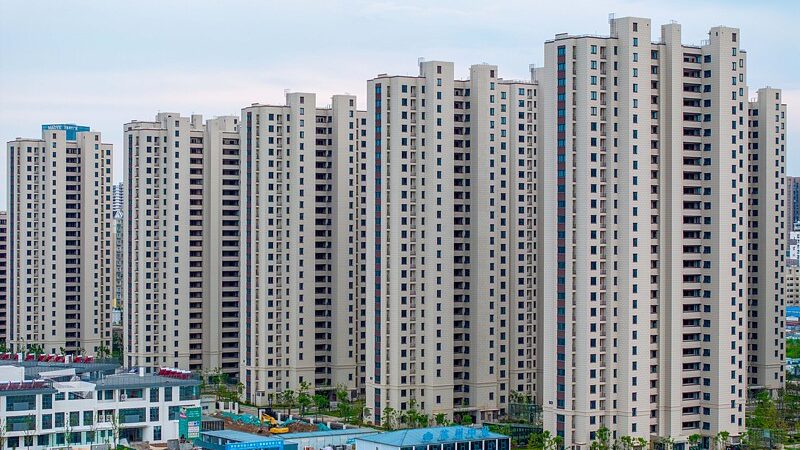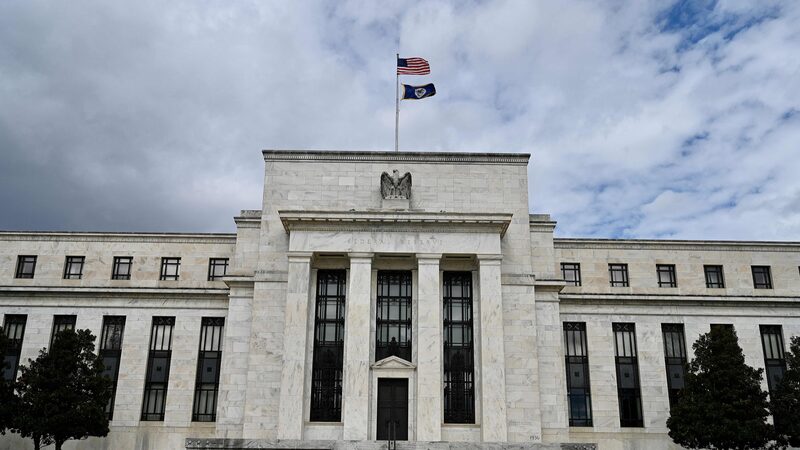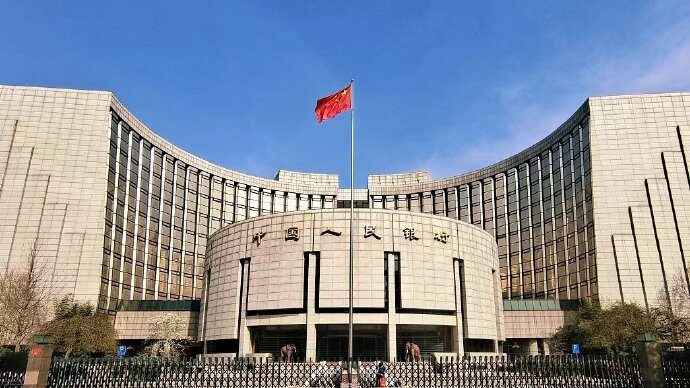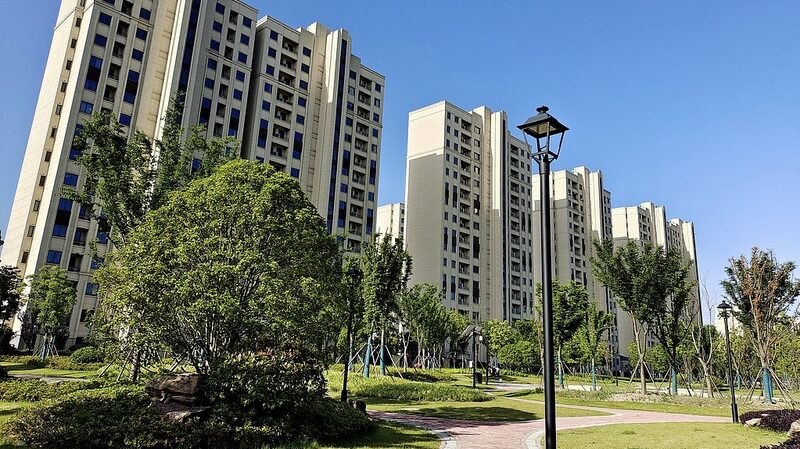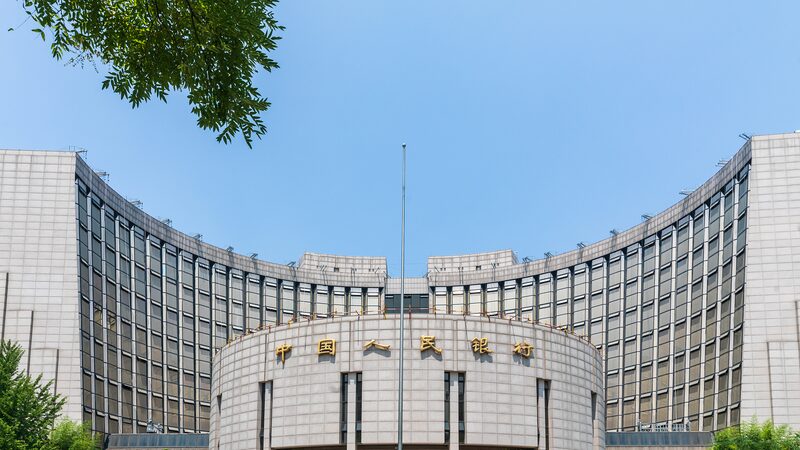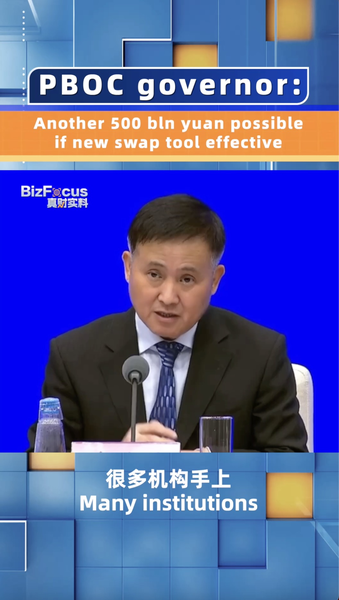China’s monetary policy demonstrated robust support for its real economy in the first half of 2025, with the People’s Bank of China (PBOC) reporting a total social financing scale of 430.22 trillion yuan ($61.46 trillion) as of June. This marks an 8.9% year-on-year increase, underscoring sustained efforts to stabilize economic recovery.
Key Figures Highlight Growth
RMB loans to the real economy rose to 265.22 trillion yuan, up 7% from 2024, while new yuan-denominated loans reached 12.92 trillion yuan. Corporate loans dominated this growth, surging by 11.57 trillion yuan and accounting for 89.5% of total new lending—a 6.6 percentage-point increase compared to the same period last year.
Focus on Manufacturing and Infrastructure
PBOC’s Statistics and Analysis Department Director Yan Xiandong emphasized that loans were strategically allocated to critical sectors like manufacturing and infrastructure. "The financial sector has provided stable funding to bolster long-term economic resilience," he noted.
Lower Costs, Stronger Confidence
Deputy Governor Zou Lan highlighted a 45-basis-point drop in corporate loan interest rates, averaging 3.3% in H1. "Reduced financing costs have stabilized market expectations and supported recovery," Zou stated, adding that PBOC’s policy package has been "fully implemented" to create a favorable monetary environment.
Future Policy Directions
The central bank pledged to maintain a "moderately loose" monetary policy while refining market-driven interest rate mechanisms. Zou affirmed plans to enhance financial service efficiency, ensuring alignment with high-quality development goals.
Reference(s):
cgtn.com
